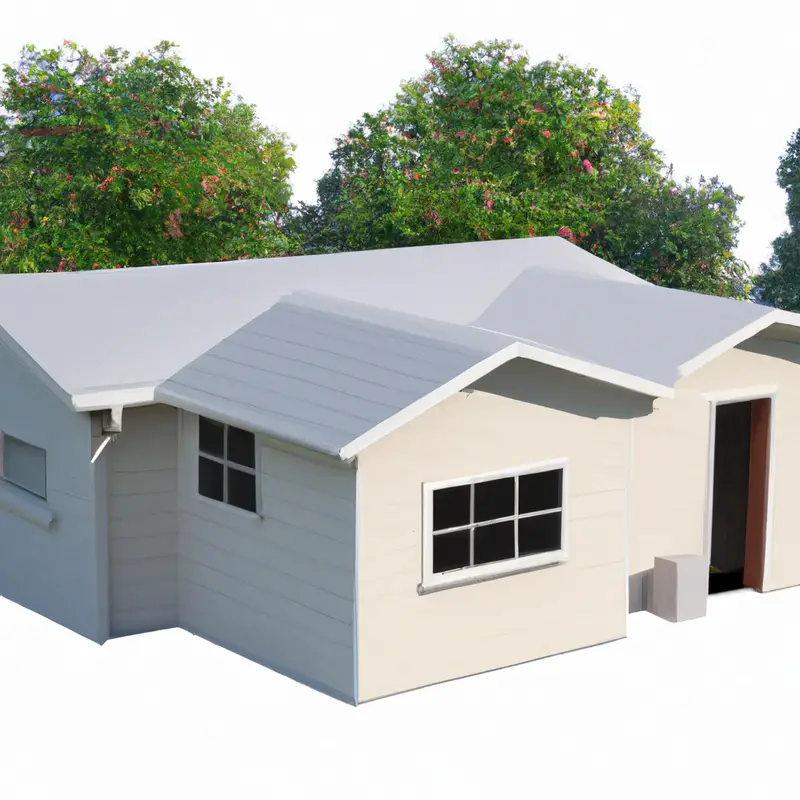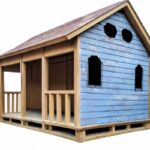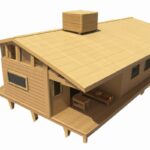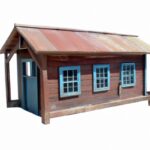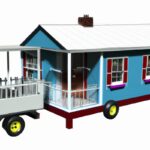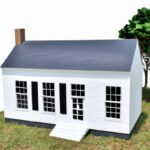Key Takeaways:
- Tiny houses can be suitable for families with children, but careful planning and organization is crucial.
- The limited space in tiny houses requires creative storage solutions and efficient use of every inch.
- Families with children in tiny houses should prioritize multifunctional furniture and flexible living arrangements.
- It is important for families with children in tiny houses to have access to outdoor spaces and community amenities to compensate for the limited indoor space.
Are you a parent who dreams of simplifying your life and living more sustainably? Have you ever considered the idea of living in a tiny house with your children?
The concept of tiny houses has been gaining popularity in recent years, but you might be wondering if it’s a realistic option for families.
Well, I’m here to tell you that it absolutely can be! In this article, we’ll explore the advantages of tiny houses for families with children, as well as some considerations and tips to make it work. So, let’s dive in and see why tiny houses can be a wonderful choice for your family’s new adventure!
Features | Pros | Cons |
|---|---|---|
Space | 1. Promote minimalistic lifestyle 2. Lower maintenance costs 3. Encourage family bonding | 1. Limited space for activities 2. Limited storage options |
Cost | 1. Lower mortgage or rent payments 2. Reduce utility bills | 1. Initial high cost for construction or purchase 2. Limited financing options |
Mobility | 1. Flexibility to relocate as desired 2. Opportunity to explore new environments | 1. Limited space for personal belongings 2. Difficulty in finding suitable parking locations |
Sustainability | 1. Reduced energy consumption 2. Lower environmental footprint | 1. Limited space for renewable energy installations 2. More challenging waste management |
Privacy | 1. Closer family connections 2. Reduced distractions | 1. Limited private space 2. Noise and lack of separation |
Advantages of Tiny Houses for Families with Children
Affordability and Cost Savings
When it comes to tiny houses for families with children, affordability and cost savings are definitely a big advantage.
With smaller square footage, tiny houses often have a lower price tag compared to traditional homes.
Additionally, the reduced maintenance costs and energy consumption of tiny houses can save families money in the long run.
This financial freedom allows families to focus on their priorities and spend less time worrying about mortgage payments and more time enjoying quality time together.
Plus, some families choose to build their own tiny houses, further reducing costs and getting a unique living space tailored to their needs.
Minimalism and Decluttering
Minimalism and decluttering are key aspects of living in a tiny house with a family.
By embracing minimalism, you can prioritize what truly matters and reduce the amount of stuff taking up space.
Decluttering helps create a clean and organized environment, making the most of your limited living space.
With fewer belongings, you can focus on experiences and quality time with your loved ones.
Simplifying your life can also lead to reduced stress and a greater sense of contentment.
Remember, it’s about finding joy in what you have, not the accumulation of things.
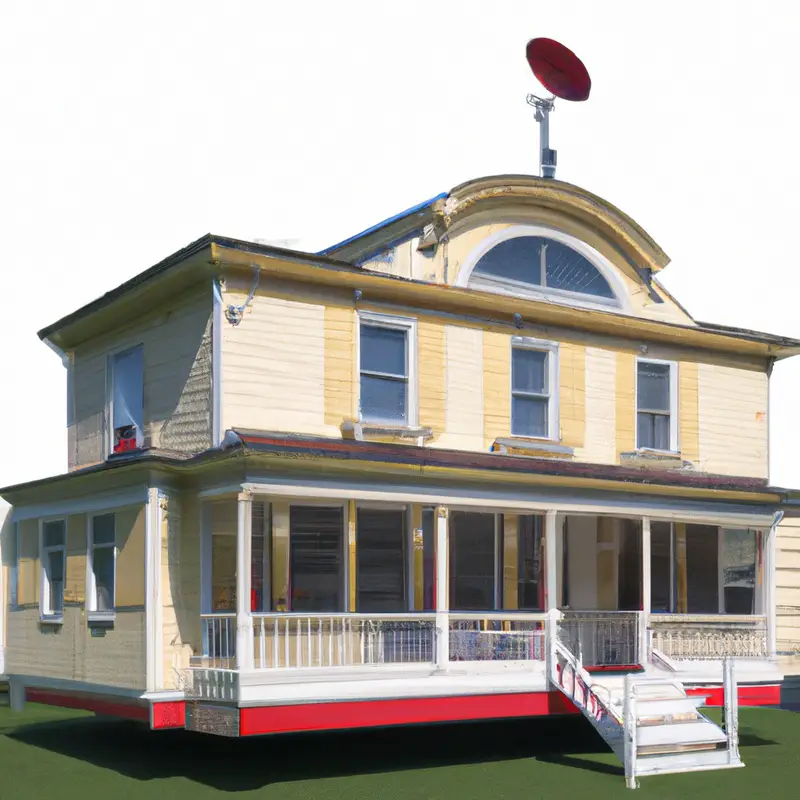
Eco-Friendliness and Sustainability
One of the key advantages of tiny houses for families with children is their eco-friendliness and sustainability.
By living in a smaller space, families can greatly reduce their environmental footprint.
Tiny houses require less energy and resources to build and maintain, resulting in lower utility bills and a smaller carbon footprint.
Additionally, many tiny houses are designed with eco-friendly materials and incorporate renewable energy sources like solar panels.
By embracing a minimalist lifestyle, families can also promote sustainability by consuming less and reducing waste.
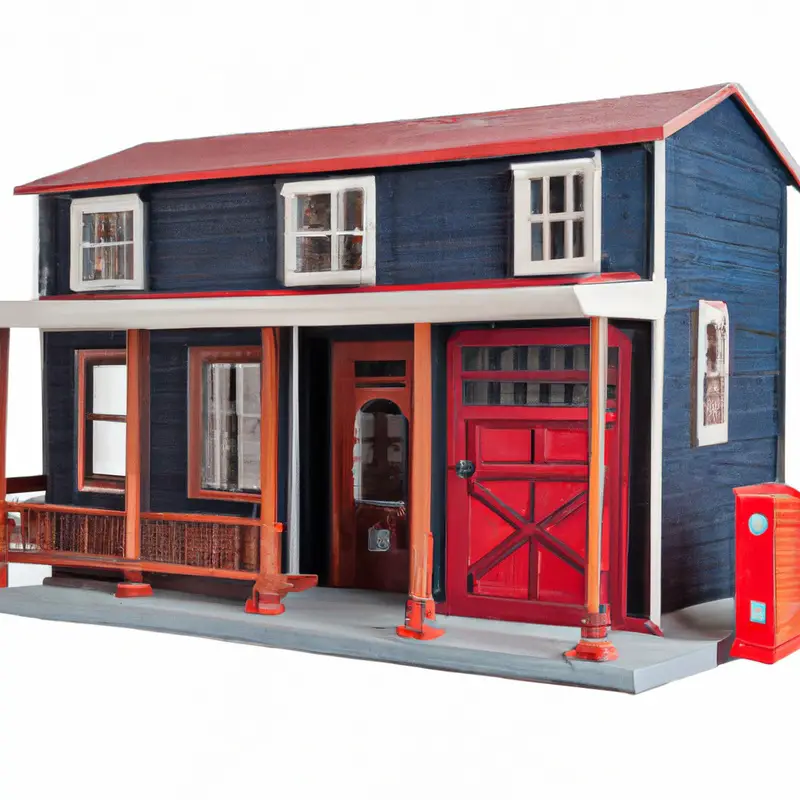
Bonding and Stronger Family Relationships
Living in a tiny house can actually strengthen family bonds and relationships.
With limited space, families are encouraged to spend more time together and engage in activities that promote connection.
Whether it’s cooking together in a small kitchen, playing board games in the living area, or simply being in close proximity, tiny houses provide opportunities for deeper interactions.
Additionally, the smaller living environment fosters communication, compromise, and teamwork as everyone works together to make the most of their space.
Overall, living in a tiny house can bring families closer and create lasting memories.
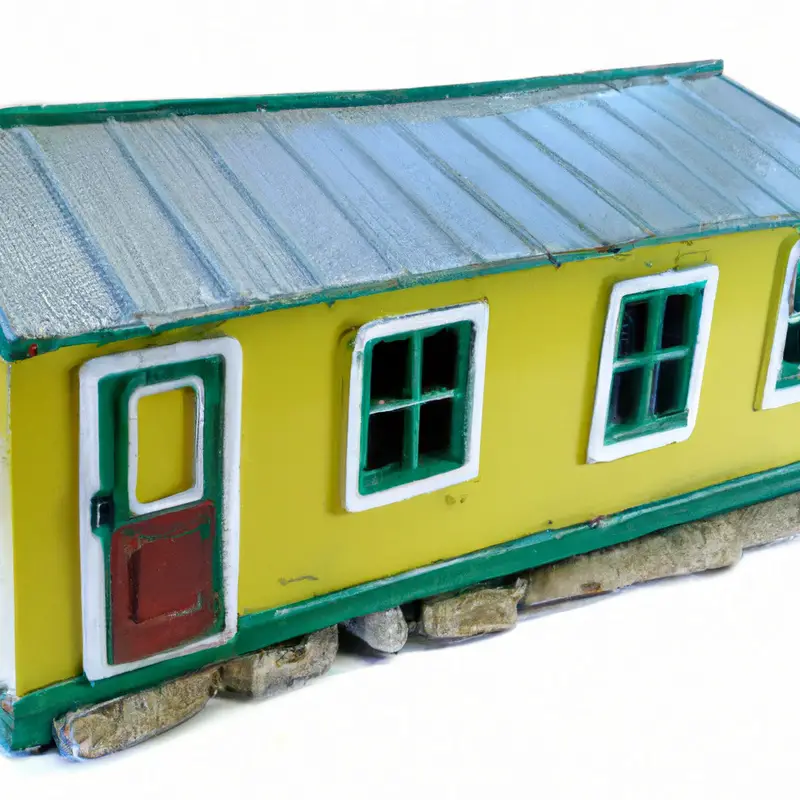
Flexibility and Mobility
Flexibility and mobility are key advantages of tiny houses for families with children.
With a tiny house, you have the freedom to easily move to different locations, which can be beneficial for families who enjoy traveling or need to relocate frequently.
Additionally, the compact size of a tiny house allows for greater flexibility in terms of design and layout.
You can customize the space to meet the changing needs of your growing family, whether it’s creating a dedicated play area for your children or converting a room into a home office as they get older.
Considerations for Families with Children in Tiny Houses
Space Constraints and Layout Optimization
Space constraints can be a challenge when living in a tiny house with a family. However, there are ways to optimize the layout to make the most of the available space.
One option is to use multifunctional furniture that serves multiple purposes, such as a sofa that can be converted into a bed.
Another strategy is to utilize vertical space by installing shelves or utilizing wall-mounted storage solutions. Additionally, creating designated zones for different activities can help maximize space and create a sense of separation within the tiny house.
Storage Solutions for Toys and Personal Items
When living in a tiny house with children, finding storage solutions for toys and personal items can be a challenge. However, with some creativity and organization, it is possible to keep everything tidy and within reach.
Consider these storage ideas:
- Utilize vertical space: Install shelves or hanging organizers on walls to maximize storage space. This way, toys and personal items can be neatly displayed or stored.
- Use storage bins and baskets: Invest in storage containers that can be easily tucked away under beds or in closets. Label each container for quick and easy access.
- Opt for furniture with built-in storage: Look for multi-purpose furniture such as beds or ottomans with hidden storage compartments. This allows for efficient use of space and helps to keep clutter at bay.
- Create designated play and storage areas: Designate specific areas within your tiny house for play and storage. This helps to keep toys contained and encourages children to take responsibility for putting away their belongings.
- Rotate toys: Consider implementing a toy rotation system. Store some toys away and bring out others on a regular basis. This not only reduces clutter but also keeps children engaged and interested in their toys.
Remember, organizing and decluttering regularly will be key to maintaining an organized and functional tiny house when living with children.
Privacy and Personal Space for Parents and Children
Privacy and personal space are important considerations for families with children in tiny houses.
Although living in a small space requires some adjustments, there are ways to ensure privacy for both parents and children.
Parents can create designated spaces for themselves, such as a loft bedroom or a private nook, while children can have their own sleeping area or a separate play space.
Additionally, the use of curtains or room dividers can provide temporary privacy when needed.
Open communication and setting boundaries within the family are also crucial in maintaining privacy and personal space in a tiny house.
Outdoor and Community Activities
Outdoor and community activities play a significant role in the lives of families with children living in tiny houses.
These activities provide opportunities for children to explore nature, develop social and teamwork skills, and stay active.
Families can engage in activities such as hiking, biking, camping, and picnicking in nearby parks and nature reserves.
They can also participate in community events, join local sports teams, or organize playdates with other families.
These activities not only enhance the overall well-being of the children but also foster a sense of belonging in the community.
Access to Education and Childcare Facilities
Access to education and childcare facilities is an important consideration for families with children in tiny houses. While the limited space in tiny houses may pose challenges, there are various alternatives to ensure children receive a proper education and care.
Families can explore homeschooling or online education options for flexible learning.
Additionally, community centers and nearby schools can provide resources and support for childcare. It’s crucial to research local regulations and options to make informed decisions that meet the educational and childcare needs of the family.
Tips for Making Tiny Houses Family-Friendly
Functional and Flexible Furniture
Functional and flexible furniture is a key element in making tiny houses family-friendly.
With limited space, it’s important to maximize every square inch.
Opt for multi-purpose furniture like sofa beds, tables with storage, and folding chairs.
Consider wall-mounted options like drop-down desks or murphy beds to save space.
Look for furniture that can be easily rearranged or moved to create different layouts as needs change.
By choosing furniture that serves multiple functions and adapts to your family’s evolving needs, you can make the most of your tiny house space.
Creative Use of Vertical Space
One creative way to maximize space in a tiny house is by utilizing vertical space.
Instead of only using the floor area, consider adding shelves, hooks, and storage units on the walls.
This allows you to store items like books, toys, and kitchen utensils vertically, freeing up valuable floor space.
Additionally, installing loft beds or bunk beds can provide additional sleeping areas without taking up much room.
Vertical space offers endless possibilities for storage and functional use in a small living space.
Multi-purpose Rooms and Transformable Areas
Multi-purpose rooms and transformable areas are essential in making tiny houses family-friendly. These versatile spaces allow you to maximize the functionality of each area.
For example, a living room can also double as a playroom for children or transform into a guest bedroom with a sofa bed.
Similarly, a dining area can be used as a workspace or homework station. By adapting and utilizing these multi-functional spaces, you can make the most out of limited square footage in a tiny house.
Outsource Storage Solutions
Outsourcing storage solutions can be a game-changer for families living in tiny houses.
By utilizing off-site storage facilities, you can free up valuable space in your tiny home.
This allows you to keep belongings that are not frequently used, such as seasonal items or sentimental possessions, in a secure location.
Additionally, outsourcing storage can help alleviate the stress of clutter and create a more organized living environment.
With the convenience and flexibility of storing items off-site, you can optimize the limited space in your tiny house and create a more family-friendly living environment.
Establishing Routines and Organization Systems
Establishing routines and organization systems is essential in making tiny houses family-friendly. It helps maintain order and maximize the use of limited space.
By creating a daily schedule, you can allocate time for activities, chores, and personal time.
Implementing storage solutions such as labeling containers and using vertical space can keep belongings organized and easily accessible. A designated area for each family member encourages tidiness and personal responsibility.
Having a system in place reduces stress and ensures a smooth and harmonious living environment.
Final Verdict
I firmly believe that tiny houses can indeed be suitable for families with children.
The advantages of affordability, minimalism, eco-friendliness, bonding, and flexibility outweigh the considerations of space constraints and privacy.
By optimizing layouts, utilizing storage solutions, and prioritizing outdoor and community activities, families can create a comfortable and stimulating living environment.
By implementing functional furniture, creative use of vertical space, and establishing routines and organization systems, families can truly make a tiny house family-friendly.
With careful planning and adaptation, tiny houses can provide a unique and fulfilling lifestyle for families with children.
